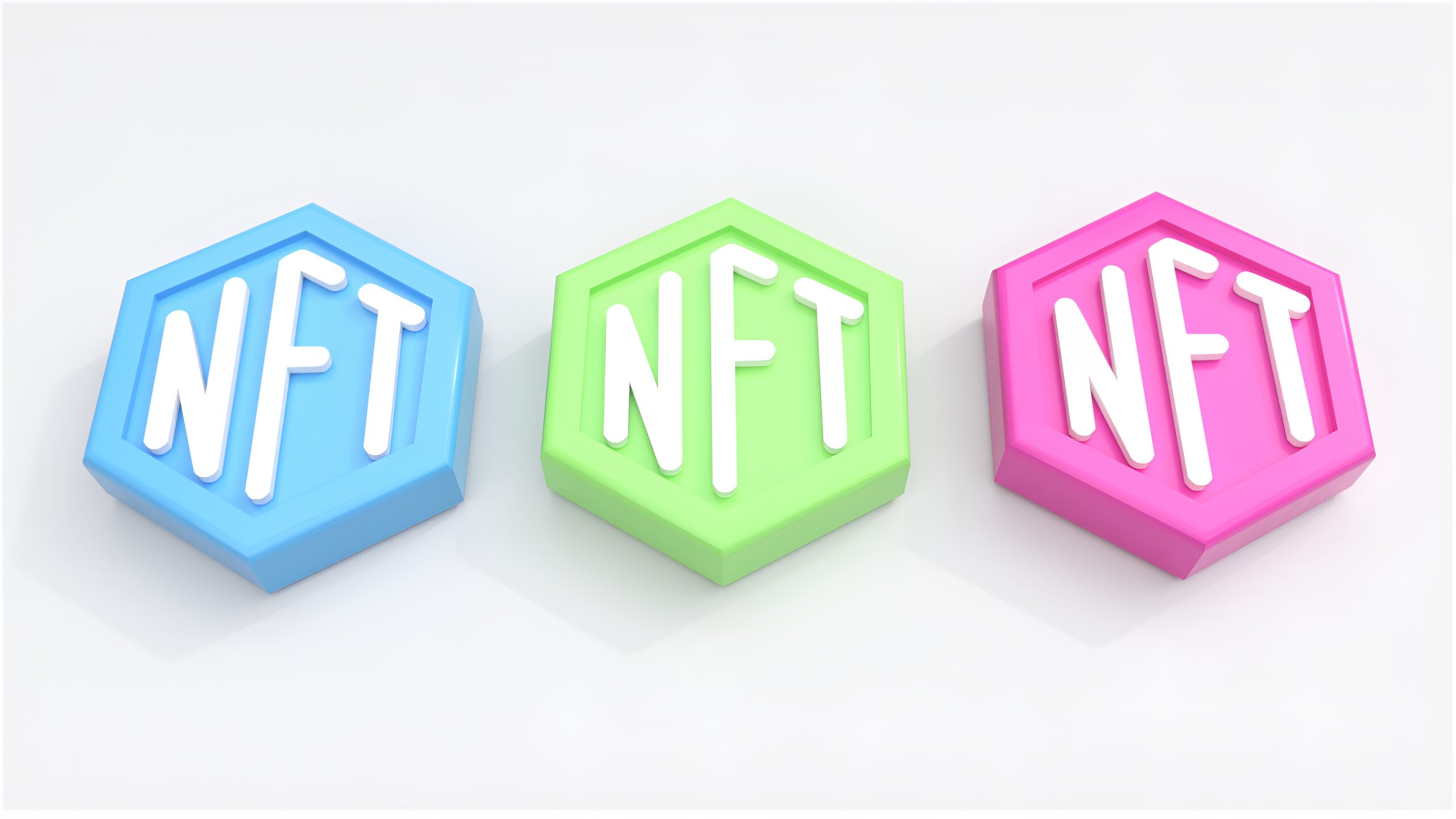The Rise and Fall of NFTs
Non-Fungible Tokens (NFTs) took the world by storm earlier this year, with artists, collectors, and investors diving headfirst into this new digital asset class. The hype around NFTs reached a fever pitch, with headlines of million-dollar sales and celebrities jumping on the bandwagon. However, as with any emerging market, the initial excitement eventually cooled down, leading to a more realistic and sustainable phase.
The Cooling Down Period
While the NFT market has indeed cooled down, it doesn’t mean that NFTs are no longer relevant. Instead, it signifies a shift from speculative frenzy to a more measured and thoughtful approach. Searches for specific NFT projects or use cases still appear in trends, indicating continued interest and engagement from enthusiasts.
Exploring NFT Use Cases
NFTs have proven to be more than just a speculative investment. They have opened up new opportunities for artists, musicians, and creators to monetize their work. Digital art has found a new medium through NFTs, allowing artists to sell their creations directly to collectors without the need for intermediaries.
Additionally, NFTs have the potential to revolutionize the gaming industry. In-game assets and virtual real estate can now be tokenized, allowing players to truly own and trade their digital possessions. This creates a new level of ownership and value within the gaming ecosystem.
The Importance of Authenticity and Ownership
One of the key features of NFTs is their ability to prove authenticity and ownership. Each NFT is unique and can be traced back to its original creator. This provides artists with a way to protect their work from plagiarism and ensures that collectors can verify the authenticity of their purchases.
Furthermore, NFTs enable fractional ownership, allowing multiple individuals to own a share of a particular asset. This concept has the potential to democratize access to valuable assets, such as real estate or rare collectibles, by breaking them down into smaller, more affordable shares.
The Future of NFTs
The NFT market is still in its early stages, and its true potential is yet to be fully realized. As the technology and infrastructure surrounding NFTs continue to evolve, we can expect to see new use cases and innovations emerge.
Regulatory frameworks are also being developed to address concerns around copyright infringement, fraud, and environmental impact. These efforts will help establish a more secure and sustainable NFT ecosystem.
While the initial hype may have subsided, NFTs are here to stay. They have already made a significant impact on the art, gaming, and collectibles industries, and their influence will only continue to grow.
Conclusion
The NFT market may have cooled down, but the interest and engagement surrounding specific projects and use cases remain. NFTs have proven their value beyond speculative investment, offering new opportunities for artists, creators, and gamers. As the market matures and regulations are put in place, we can expect to see NFTs become an integral part of our digital economy.

